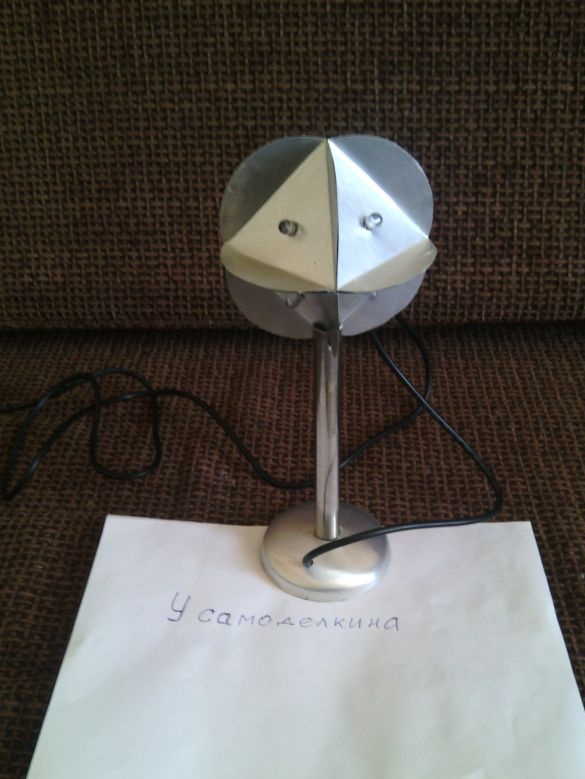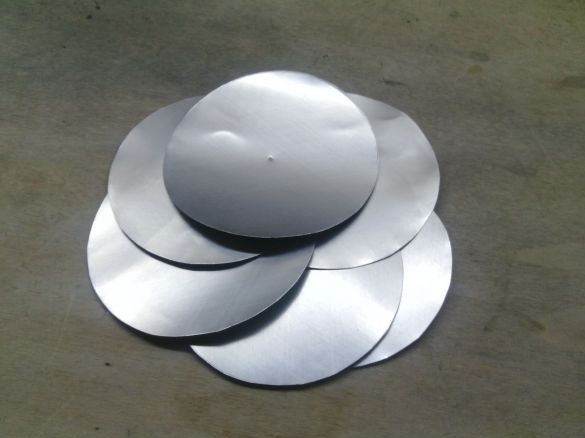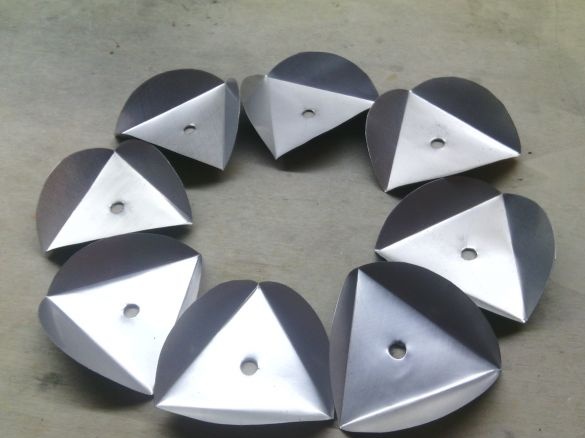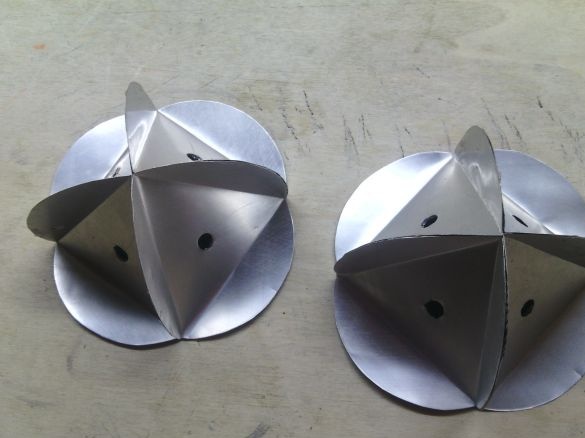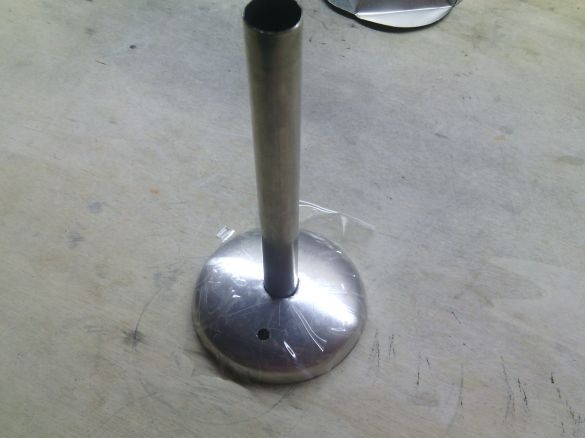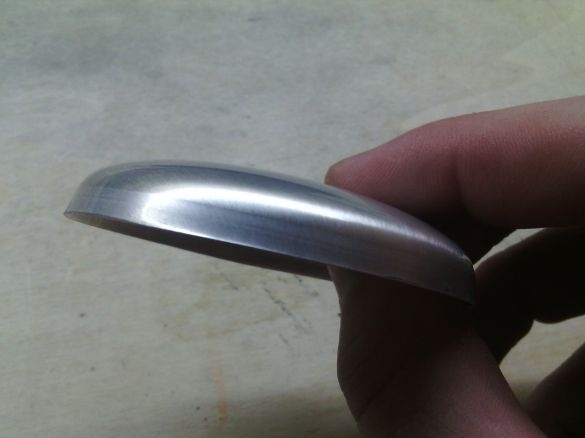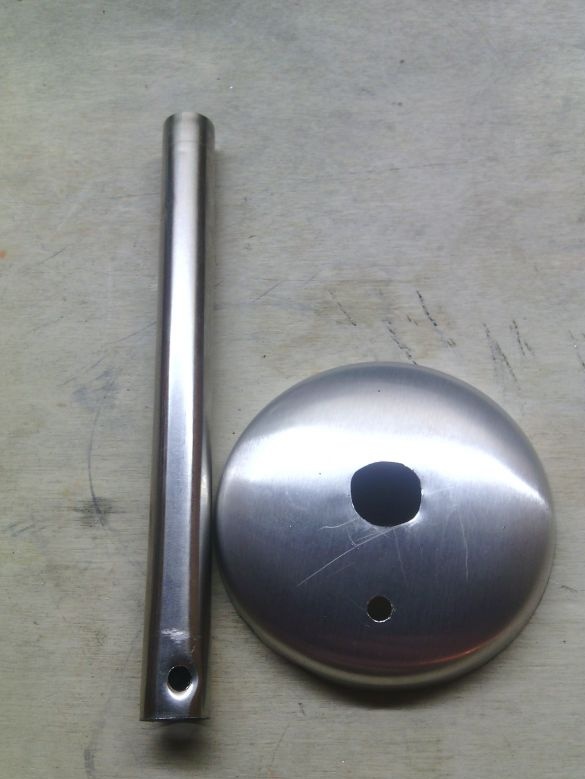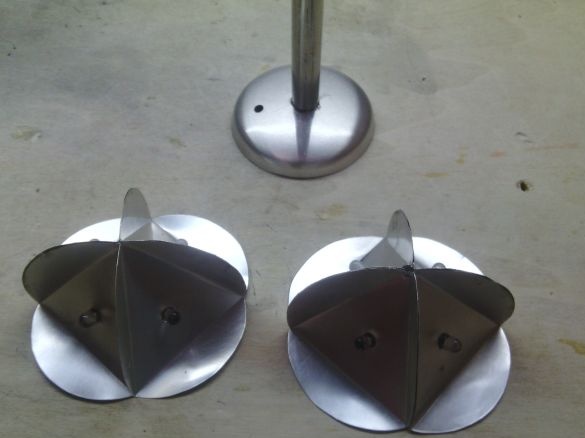Our century in which we live, the century of energy shortages and ever-increasing rising energy prices such as coal, fuel oil, etc., which generate electricity, burning electricity in large volumes without any benefit to business can be considered an impermissible luxury. Such consumption is the inclusion of "nightlights" in millions of apartments.
Therefore, I propose to use LED lighting at night. Light at night is necessary to say, on the way to the refrigerator, not to step on the cat, but factory LED lamps are a little expensive, to put it mildly, but you can make your own, exclusive for a penny. I suggest this design:
Making yourself such a lamp for a person with hands growing out of his shoulders will not be difficult.
The night lamp is made of easily accessible materials and all known tools. When plugged in, it consumes about 3 V and 160 mA, which is equal to 0.5 W, while emitting a rather soft, subdued light.
So for making do it yourself we will need the following materials and tools:
- Thin aluminum. I took 1l from beer cans (alcohol abuse is harmful to your health)
- Glue, better epoxy
- Trunk of a two-wire wire
- Charger from a cell phone (preferably unnecessary)
- LEDs 8 pcs. par 3 in. 20mA.
- Small handset (dimensions are not critical)
- 100 Ohm resistors. 8 pcs
From the tools:
- Ruler
- Measuring compass (with needles on both legs)
- Soldering iron 25-40 watts.
- Drill with drills
- Nippers
- scissors
- Hacksaw
Getting started
To begin with, we mark 8 circles with a diameter of 6 cm. On a strip of aluminum cut off from the can (there are only 2 of them, do not throw out the bottoms), and cut out with scissors.
Next, we enter into the circles that we have obtained isosceles triangles (I will not describe how this is done, see the Internet), and bend upward along the lines received. It should look something like this:
Drill holes 5 mm in diameter using the marks left after the compass.
and glue together to get it like this:
While all this dries, we proceed to the manufacture of the rack, it looks like this:
to do this, take the bottom left of the can and gently cut it along the bottom edge
drill a hole in the middle for the tube
side for wire with a diameter of 4 mm. and the same in the tube itself, departing from the edge of 5 mm.
We put it all together (the holes should be next to each other on one side), and glue, preferably with an epoxy resin and a cloth. After it dries up, you need to make 4 files perpendicular to each other (better late than never, I immediately forgot my fault) here you can see
Then we take the LEDs and solder them according to the scheme in parallel (we are looking for the scheme on the Internet, the description is long and tedious) it should turn out like this
Next, we pass a segment of a two-wire wire into a rack and solder it below with a wire from the charger (do not mix up "+" and "-") we isolate, and we pull the place of soldering into the tube
In this picture you can see the place of gluing with the base using fabric and epoxy
We drill a hole in the top of one of the pyramids (wires will pass through it) in the photo on the bottom right
We pass the wire through the lower part and solder it to the "+" and "-" circuits, glue the two parts together and again with the help of glue we fasten it to the stand, inserting it into the cut grooves with ribs in this way
plug into the network and check (it is better to check immediately, before gluing)
Finally
I want to say using this night light, let's call it Chups (I don’t know why), you will save not only your material resources, but also energy reserves as a whole.
Example: Normal 10 W bulb
- consumption per hour = 10 W
- consumption per day for 8 hours of operation = 10 * 8 = 80 W
- per year 365 * 8 = 2920 hours, which = 2920 * 10 = 29.2 kW
Lamp 0.5 W
- per hour 0.5
- per day for 8 hours 0.5 * 8 = 4 W
- per year 2920 hours * 0.5 = 1.46 kW
Serious savings agree?
And if you count on a larger scale. For example 1000 bulbs:
- 29.2 kW * 1000 = 29200 kW or 29.2 MW
- 1.46 kW * 1000 = 1460 kW or 1.46 MW
50 MW is the electricity consumption of a village of about 100 homes per year on average.
Good luck in manufacturing!


